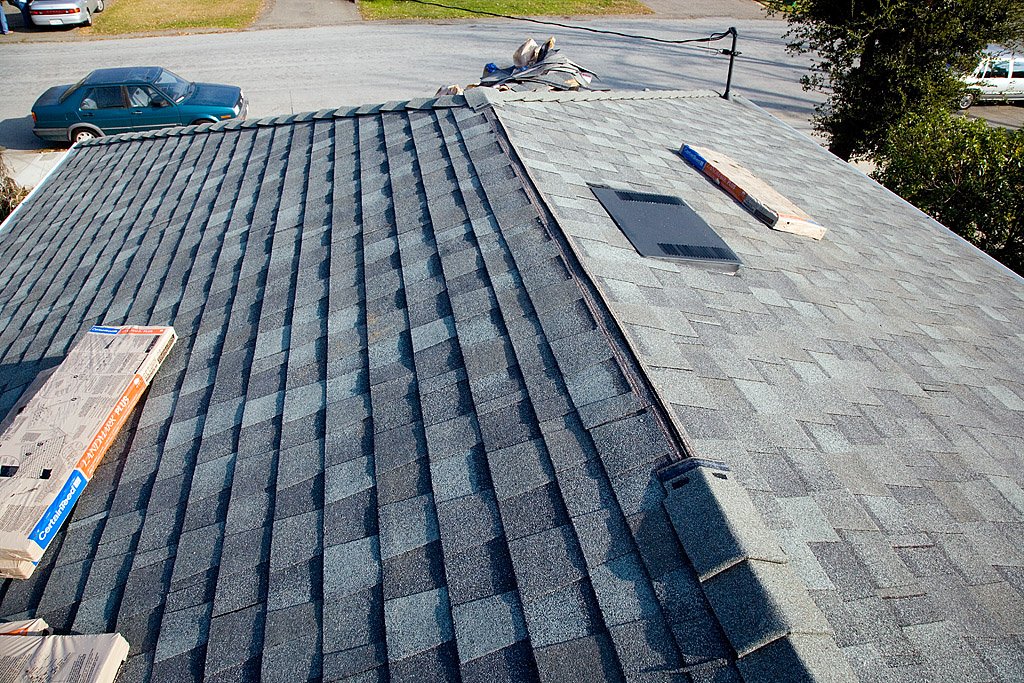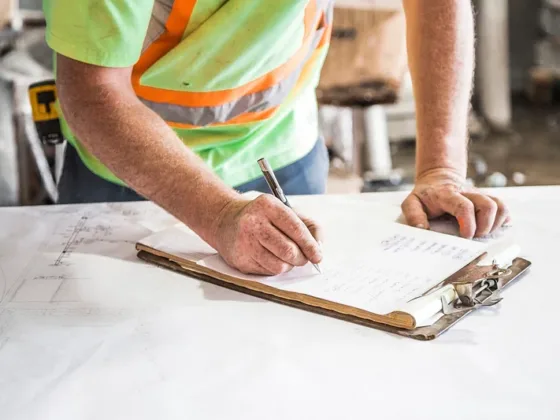Table of Contents Show
If you talk about installing a roof or replacing your old one, the first option you will be given is the asphalt roof. Do you know why?
If you read Koala Roofing Reviews it’s mentioned because it is the most common, the most cost-effective, and one of the few roofs that come in different colors and designs.
Most of the roofs you see around you are made from asphalt – and am not talking about any region in particular.
An asphalt roof is one of the few roofs that has refused to go out of style for more than three decades now. Asphalt roofing shingles can also be called composite roofing shingles.
Now, before you rush into installing an asphalt roof because it was recommended to you or because it is the most commonly used roofing material, you have to weigh the pros and cons involved in using asphalt roof.

This article will highlight the cost, life span, types, and every other thing you need to know about asphalt roofs. Let’s get started.
Read Also:
Cost
In general, it is pretty costly whenever installing a roof is involved. In fact, anything related to a roof is expensive. However, asphalt roofs are an exception.
If you don’t have a large budget for a new roof, then asphalt roof is what you should be considering. Do you know this saying – the cheaper, the uglier? Well, it’s not for asphalt roofs. Its low cost doesn’t reduce its quality, because it comes in different color, design, and texture.
Talking about its cost, the total cost of installing an asphalt roof is between $5,000 to $9,000. Breaking it down a little bit, the standard cost of an asphalt shingle per square is between $150 to $600, depending on the design and color you choose.
Life span
Roofs are generally known for lasting long. However, the one major downfall of an asphalt roof is that it doesn’t last as long as other roofs do.
Other roofing materials, such as metal and slate, have a lifespan of 50 to 100 years. However, asphalt roofs last for only 15-30 years. This is because asphalt roofs are weaker and more flexible than other roofing materials.
Types
There are two significant types of asphalt shingles. The 3 tab shingles and the dimensional or architectural shingles.
3 Tab Shingles:
these types of shingles are usually cheaper than the other type of asphalt shingle. They are made of paper that is coated with asphalt. They are thin, flat, and typically common in limited color.
They have a shorter life span than the dimensional shingles. They were the first type of asphalt shingles that were used and have since evolved to make way for the dimensional shingles.
Dimensional or Architectural Shingles:
these types of asphalt shingles are fancier and, of course, more expensive than the traditional 3 tab shingles. They are thicker because they are double-coated and laminated with asphalt.
Advantages
Some of the benefits of roofing materials have been mentioned above. I will now list and explain its other advantages.
Flexibility:
Asphalt shingles are the most flexible roofing material. Because of this flexibility, they can be made into any roofing style.
The complicated roofing styles, such as the butterfly and the bonnet roofing styles, are usually made using asphalt roofing material.
Expertise:
There are no special skills, knowledge, or experience needed to install asphalt roof. Any roofer can install and repair an asphalt roof with ease.
Fire-resistant:
Asphalt roofs are classified as class A fire-resistant roofs. This is what class A means. Fire-resistant materials are classified into three categories; Class A, Class B, and Class C.
Materials in Class A have the highest attainable resistance to fire, while class C has the lowest.
Since asphalt roofs are classified in class A, it means that it has a high resistance to fire. The same cannot be said about some of the other roofing materials.
Noise:
If you have a roof that makes noise when it’s raining, then it is probably not an asphalt roof. I would guess that you are staying under a metal roof. Asphalt roofs are noiseless roofs; you won’t hear a thing when it’s raining.
Disadvantages
Some of the disadvantages of an asphalt roof include:
- An asphalt roof is not environmentally friendly
- Asphalt roofs can be easily damaged by strong wind or extreme weather conditions because it is lightweight.
- Like I said earlier, asphalt roofing materials have the shortest life span.
I hope you found this article enlightening. Be sure to go through it again — if you have to — to get a more extensive knowledge of asphalt roofs before you have it installed for you.








